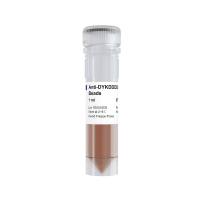Magnetic Resonance Relaxation and Quantitative Measurement in the Brain
互联网
440
Underlying the exquisite soft tissue contrast provided by magnetic resonance imaging are the inherent biophysical processes of relaxation. Through the intricate relationships between tissue microstructure and biochemistry and the longitudinal and transverse relaxation rates, quantitative measurement of these relaxation parameters is informative of tissue change associated with disease, neural plasticity, and other biological processes. Quantitative imaging studies can further facilitate more detailed characterizations of tissue, providing a more direct link between modern MR imaging and classic histochemical and histological studies. In this chapter, we briefly review the biophysical basis of relaxation, introducing and focusing specifically on the T 1 , T 2 , and T 2 relaxation times and detail some of the more widely used and clinically feasible techniques for their in vivo measurement. Methods for analyzing relaxation data are covered, and a summary of significant results from reported neuroimaging studies is provided. Finally, the combination of relaxation time data with other quantitative imaging data, including diffusion tensor and magnetization transfer, is examined, with the aim of providing more thorough characterization of brain tissue.








